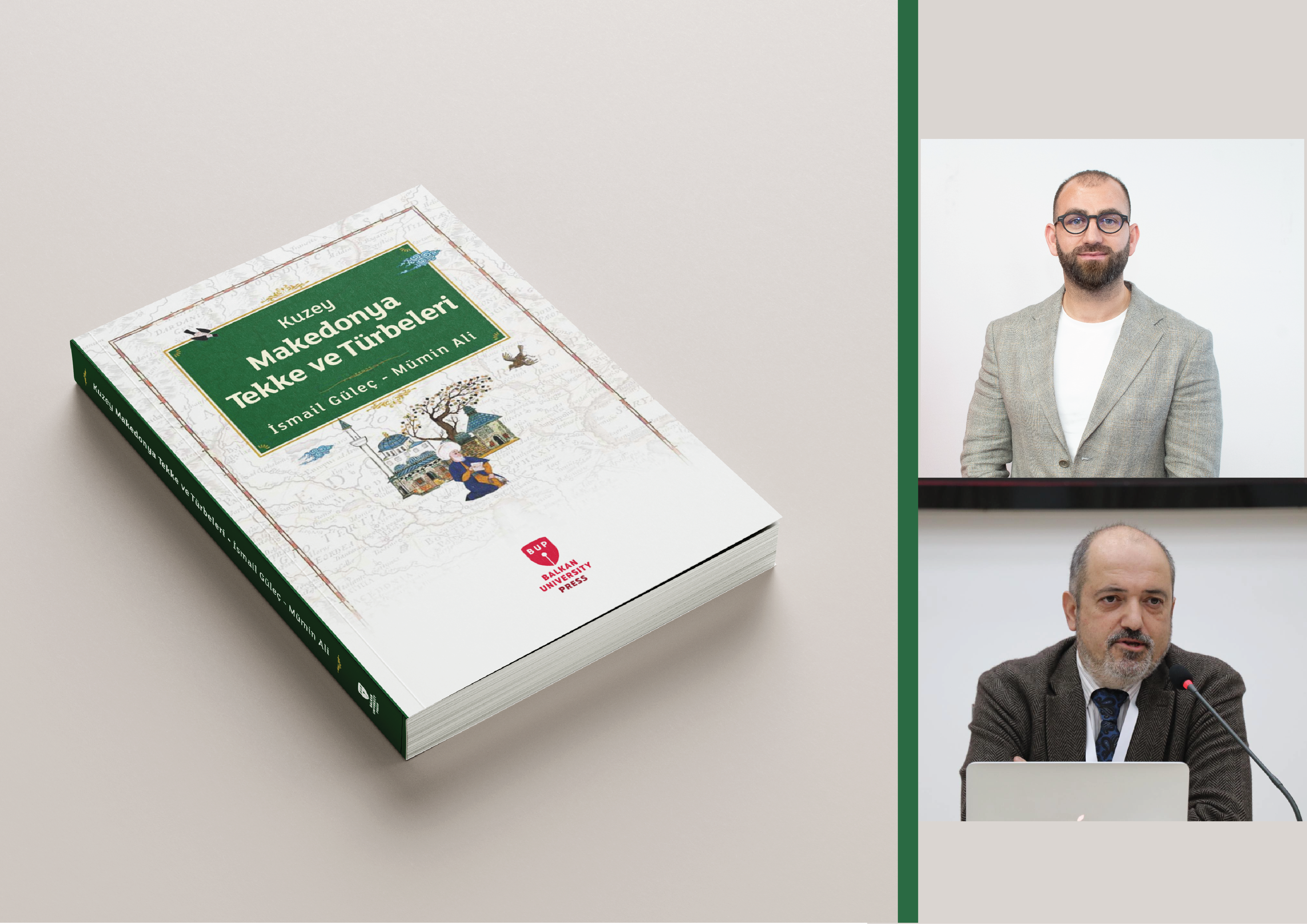
BUP INTERVIEW WITH PROF. ISMAIL GÜLEÇ AND ASST. PROF. MÜMIN ALI
INTERVIEW WITH PROF. ISMAIL GÜLEÇ AND ASST. PROF. MÜMIN ALI
FORTHCOMING BUP BOOK
“Kuzey Makedonya Tekke ve Türbeleri” (North Macedonia Tekkes and Tombs)
BUP: Could you start by giving us a brief introduction to yourself and your academic journey?
Prof. Güleç: I am İsmail Güleç, a faculty member in the Department of Turkish Language and Literature at the Faculty of Literature at Istanbul Medeniyet University. I have conducted numerous academic studies in the fields of Classical Turkish Literature and Sufi Literature.
Asst. Prof. Ali: I am Mümin Ali, an Assistant Professor at the Faculty of Education at the International Balkan University and a member of the Office of Scientific Research and Projects. I have particularly focused on Modern Turkish Literature, and I must emphasize that both the field research and writing process of this project were quite informative and enjoyable.
We express our gratitude to the prestigious institutions (TIKA and IBU) that supported this project.
BUP: What inspired or affected you the most during the preparation process of this book?
Prof. Güleç: Previously, we had conducted individual studies and published books on tekkes and tombs in Bulgaria and Greece. This time, we focused on the tekkes and tombs in North Macedonia together with Mümin Ali. In the future, we plan to create a series that includes tekkes and tombs in Kosovo, Albania, and other Balkan countries.
BUP: Why did you place so much importance on researching these sites?
Prof. Güleç: Tombs and tekkes are important parts of folk culture. It is essential to closely examine the religious life of Muslims in North Macedonia and identify the traditions shaped around tekkes and tombs, in addition to mosques, to maintain the cultural continuity of these spaces. Our research aims to contribute to keeping these religious and cultural structures alive.
BUP: How do you address the historical and cultural significance of tekkes and tombs in North Macedonia in your book?
Asst. Prof. Ali: First, we identified the locations of tekkes and tombs and tried to understand their roles in community life. To understand the sociological and anthropological structure of the local people, it was crucial to determine the traditions that developed around these sites. In our book, we carefully discussed and documented these elements.
BUP: How do you describe the impact of these places on local communities?
Prof. Güleç: These structures hold an important place in the daily lives of the people. They are regarded with reverence by the local population as protective spiritual spaces. People who experience material or spiritual difficulties turn to these sites to seek refuge in Allah, express their wishes, or find solutions. In short, they serve as spiritual sanctuaries for those in need.
BUP: What kind of information did you provide about the architectural features and decorations of the tekkes and tombs?
Asst. Prof. Ali: The architecture of the tombs varies depending on whom they were built for. Tombs constructed for important statesmen and commanders are more ornate, while village and neighborhood tombs are simpler. Tekke tombs are often located in a room within the tekke and harmonize with its architecture. For example, the Paşa Bey and Deli Paşa tombs stand out for their decoration. Similarly, the tombs in the Harabati Baba Tekke in the city of Tetovo are notable for their unique ornamentation.
BUP: How did you approach the remarkable elements in the design of these structures?
Asst. Prof. Ali: We did not classify the tombs according to their architectural features; instead, we grouped them by the cities they are located in. However, when the architectural features were significant, we made sure to highlight and convey them to the reader.
BUP: What were the biggest challenges you faced during the research?
Prof. Güleç: Identifying the locations of tombs, especially in rural areas, was quite challenging. One of the main difficulties was establishing contact with the local people who knew where the tekkes and tombs were located. Additionally, we encountered difficulties reaching tombs in villages that were no longer inhabited, as poor road conditions sometimes prevented us from accessing them. Nonetheless, we persisted and completed our research.
BUP: What kind of experiences did you have regarding the preservation and documentation of these structures?
Prof. Güleç: We must particularly highlight the contributions of TIKA regarding the preservation of these structures. Even though tombs of historical significance have been restored, it is essential to ensure the continuity of their maintenance. Otherwise, these structures will quickly return to their previous dilapidated state. For this, the local people must make some effort.
BUP: What message do you aim to convey to readers through your book?
Asst. Prof. Ali: We did not have a specific message in mind. Our goal was to present a scholarly work for the benefit of humanity. In addition to highlighting the role that tombs and tekkes play in social life, we aimed to raise awareness about how these spaces should be approached on a personal and cultural level. We hope that the work we have written will serve as a resource for researchers and enthusiasts interested in this field. North Macedonia is a region that has hosted great civilizations. Naturally, studies like this help us understand the value of the geography we live in and prevent the loss of the heritage left to us. This work aims to illustrate this. We hope it will inspire new research.
BUP: What suggestions do you have regarding the preservation and importance of these spaces?
Prof. Güleç: The preservation of active tekkes is generally provided by the dervishes living there. However, we are concerned about the protection of tombs located outside of population centers and in villages where there is no longer a Muslim population. These types of sites require special attention, and the interest of the local people will contribute to keeping these structures standing.
Prof. İsmail Güleç, born in Kadıköy in 1970, is a scholar of Old Turkish Literature and Turkish Mystic Literature, particularly renowned for his work on Mevlana's Masnavi and its Turkish translations and commentaries. He earned his PhD from Istanbul University with a dissertation on İsmail Hakkı Bursevi’s Masnavi commentary, Rûhu’l-Masnavi. Currently a professor at Istanbul Medeniyet University, Güleç has published numerous books and articles, including Rûhu’l-Mesnevi and Türk Edebiyatında Mesnevi Tercüme ve Şerhleri.
Asst. Prof. Mümin Ali is a Turkologist and writer who has specialized in New Turkish Literature, completing his master's and doctorate at Istanbul University. His academic focus includes Balkan Turkish literature, digitalization in literature, and modernization, with a range of published books and articles. Currently, he works at the IBU Projects and Research Office at International Balkan University and teaches at the Faculty of Education. “Kuzey Makedonya Tekke ve Türbeleri” will be his fourth book.





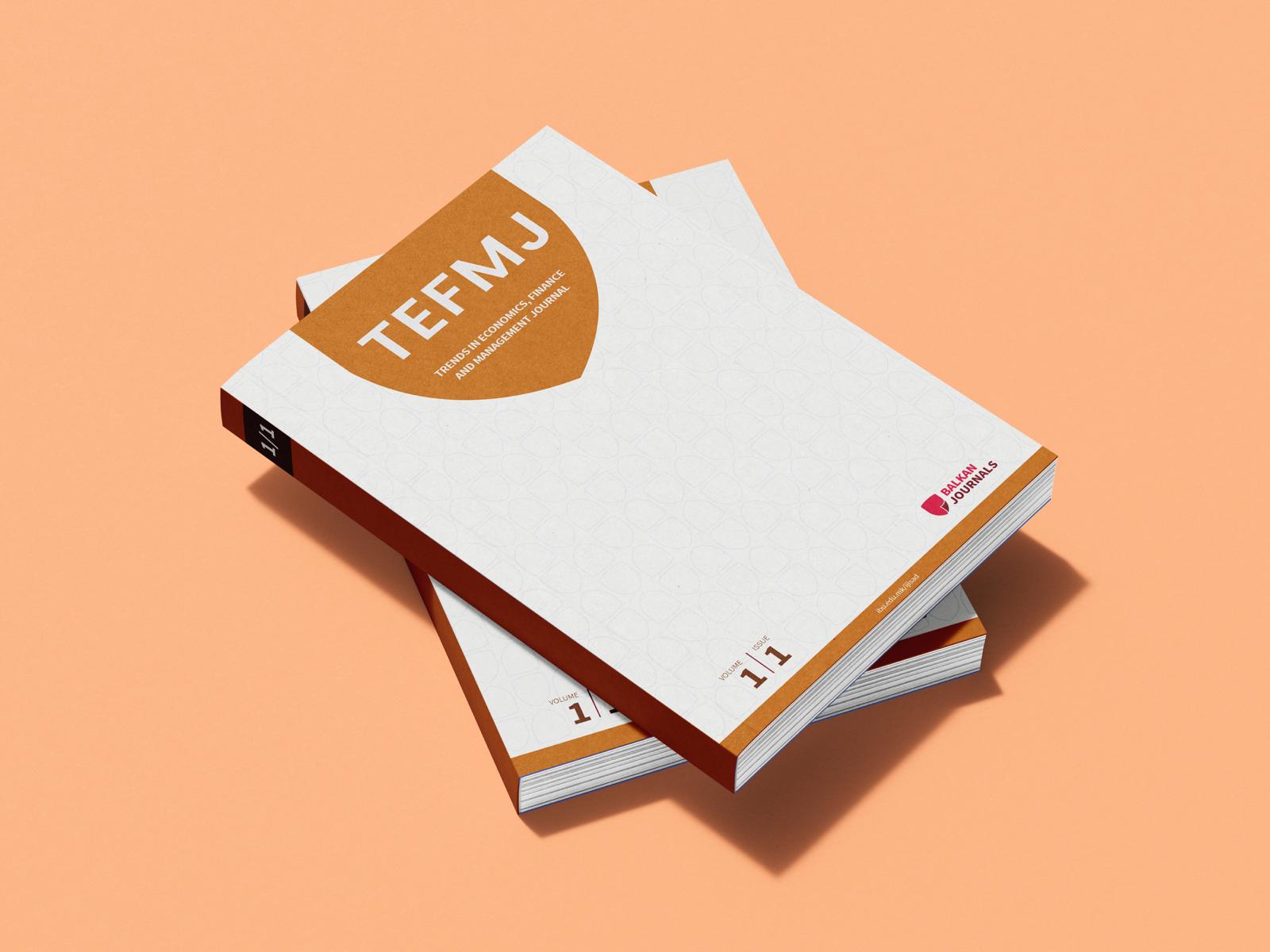
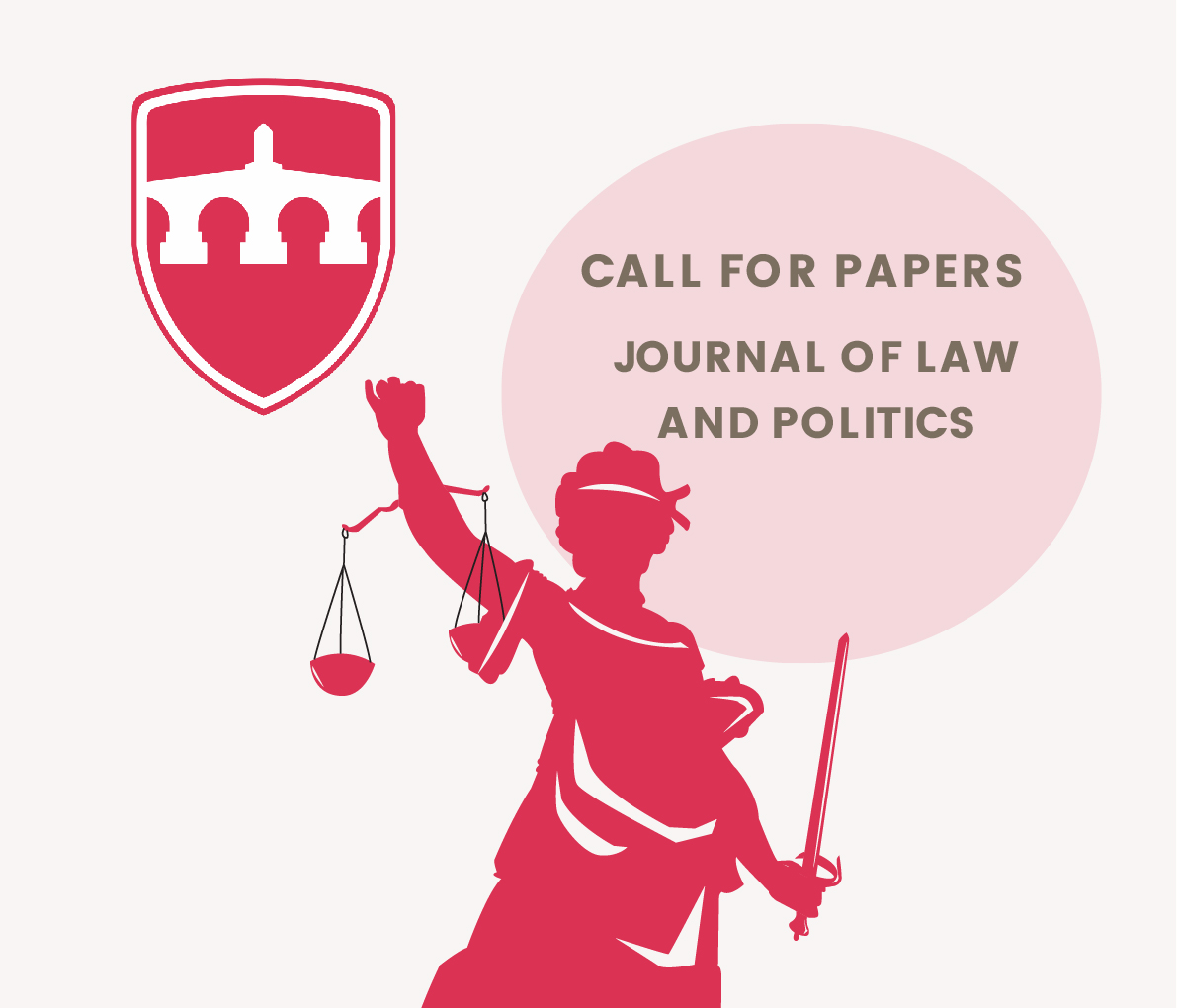
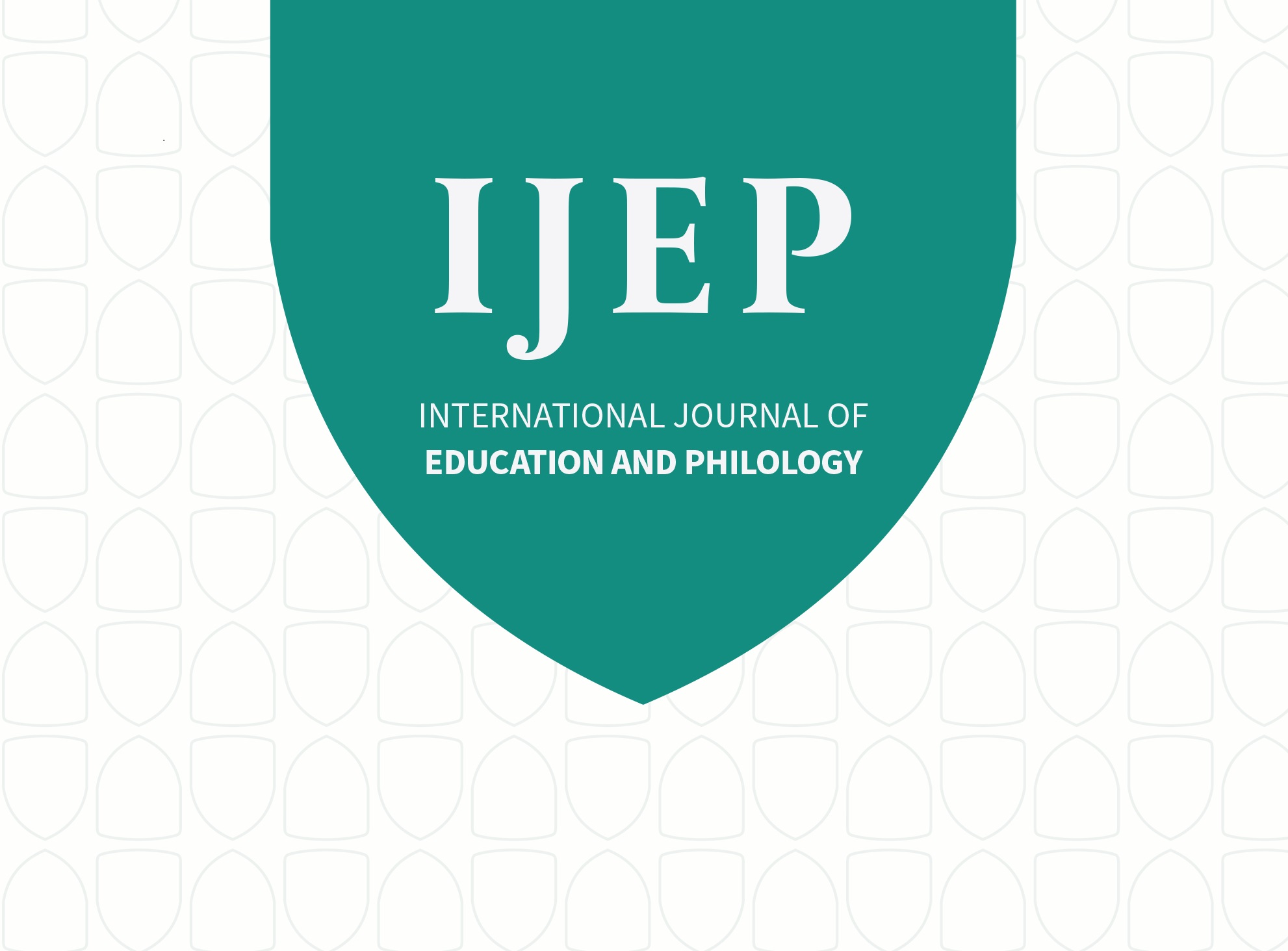









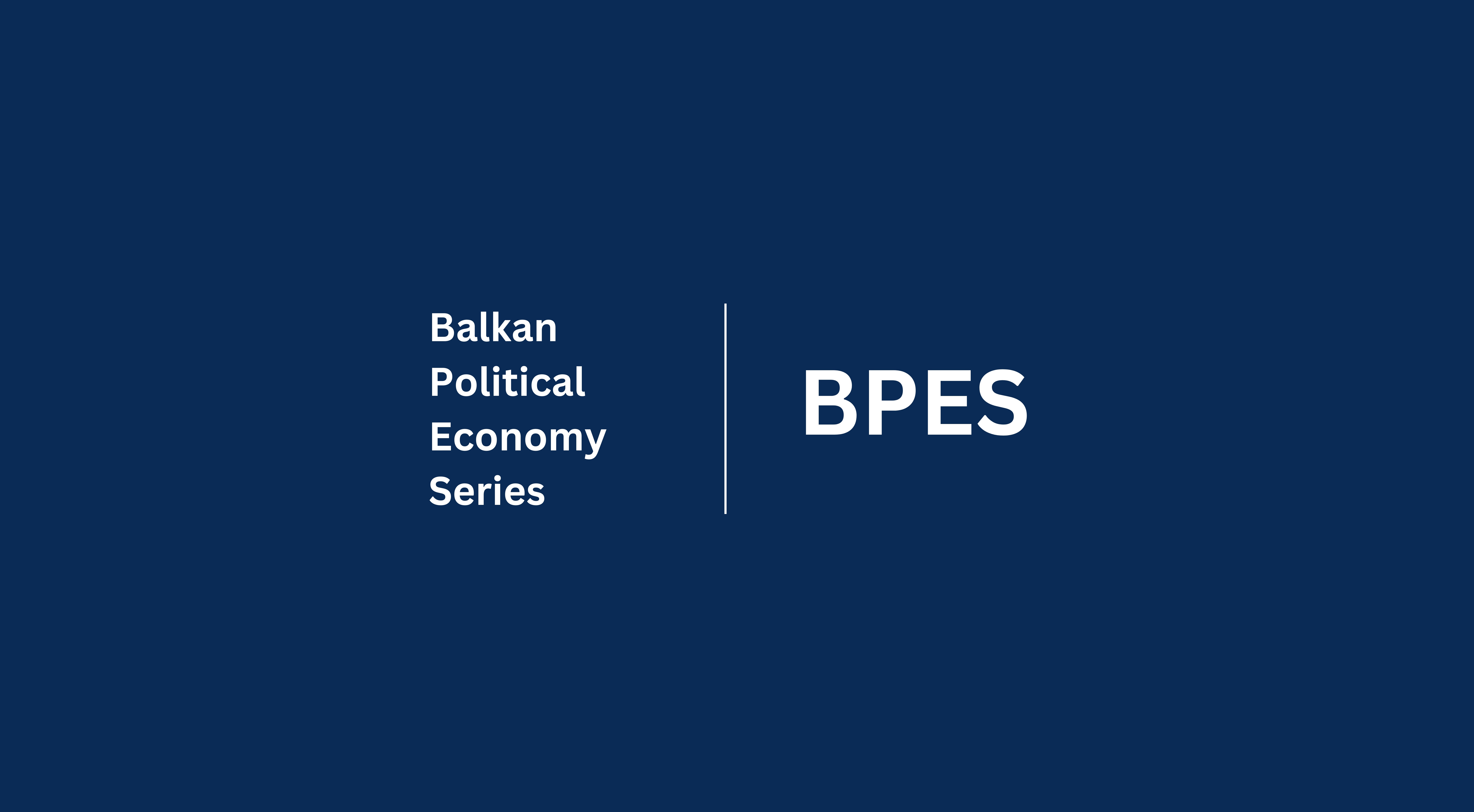

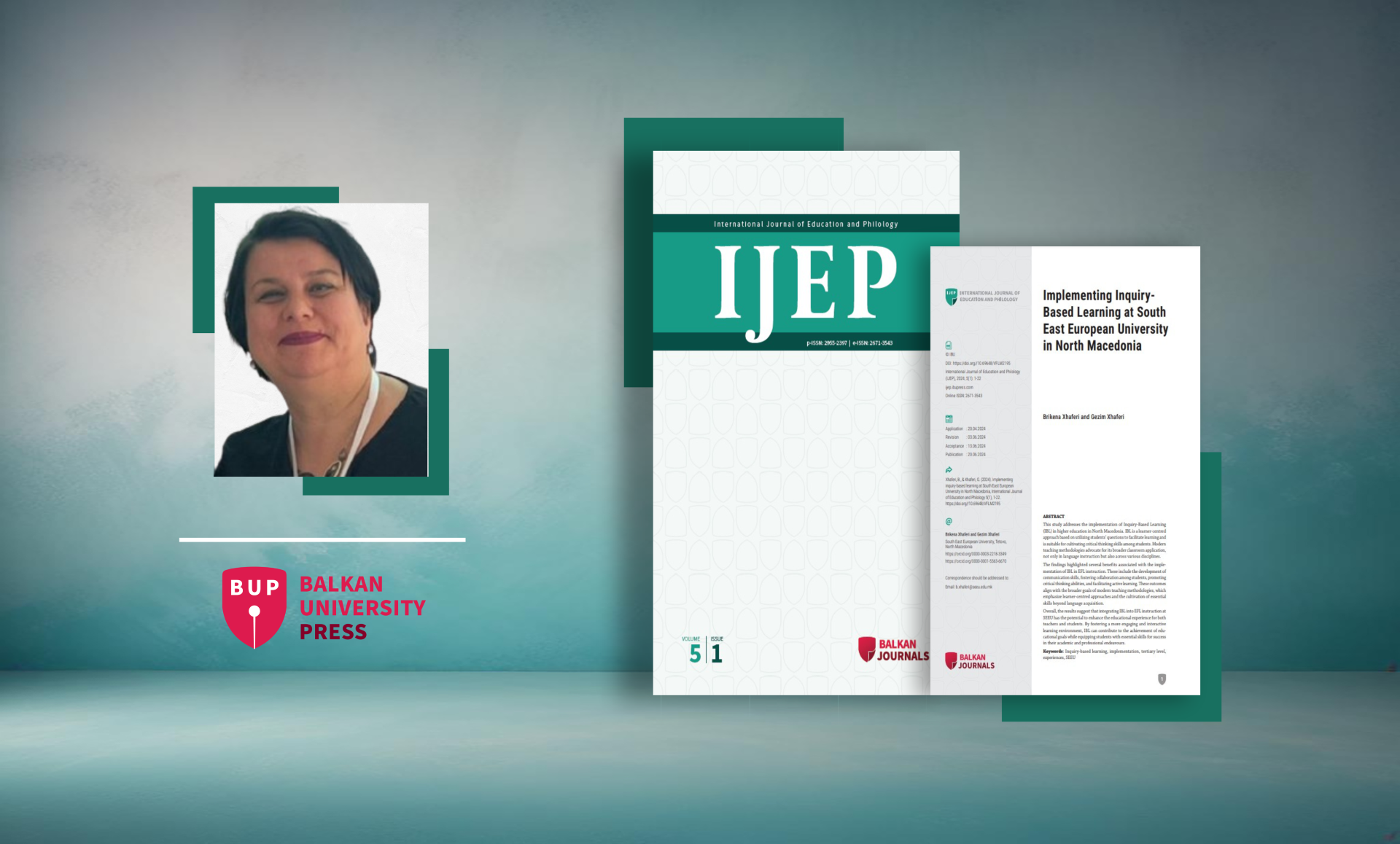

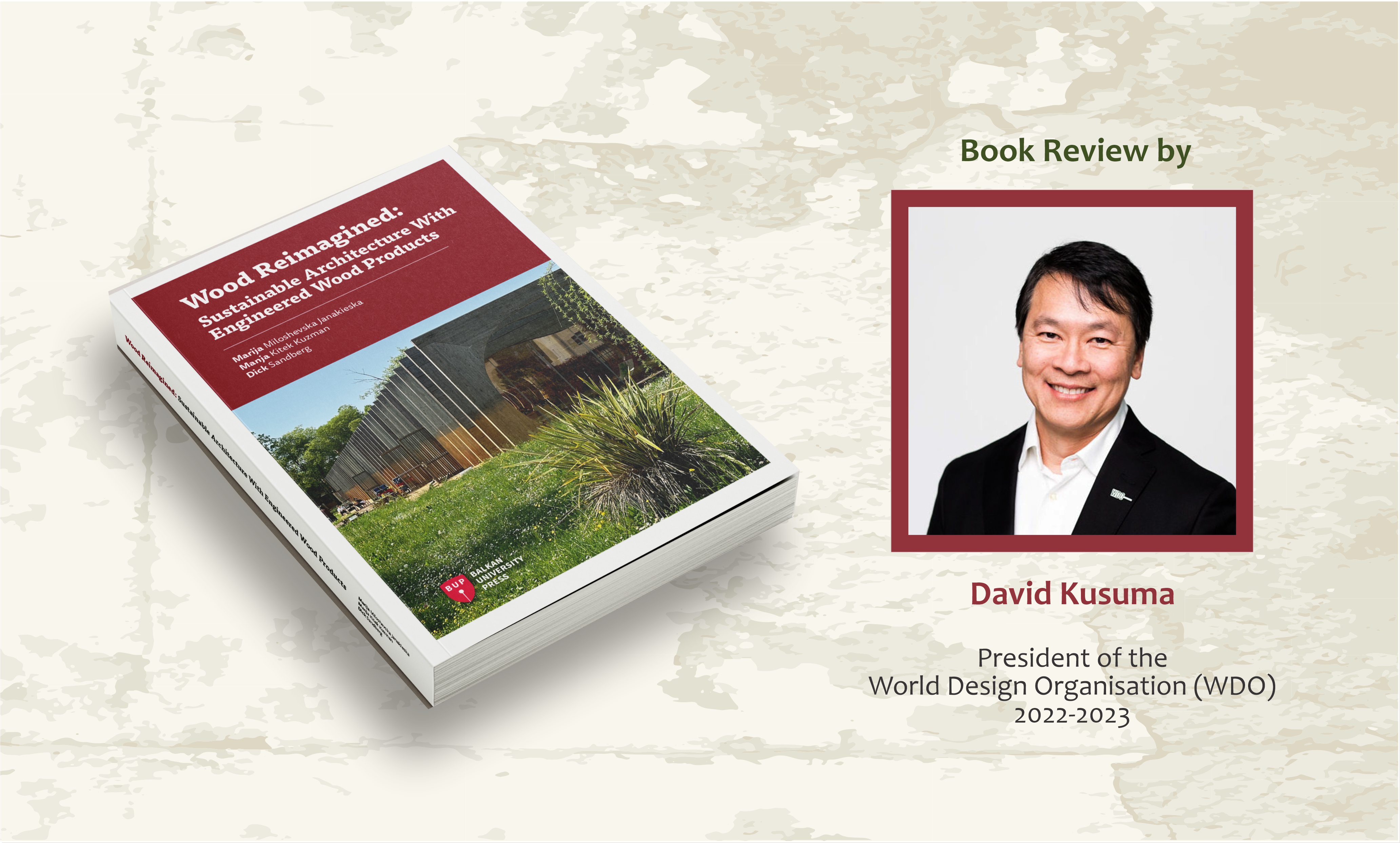

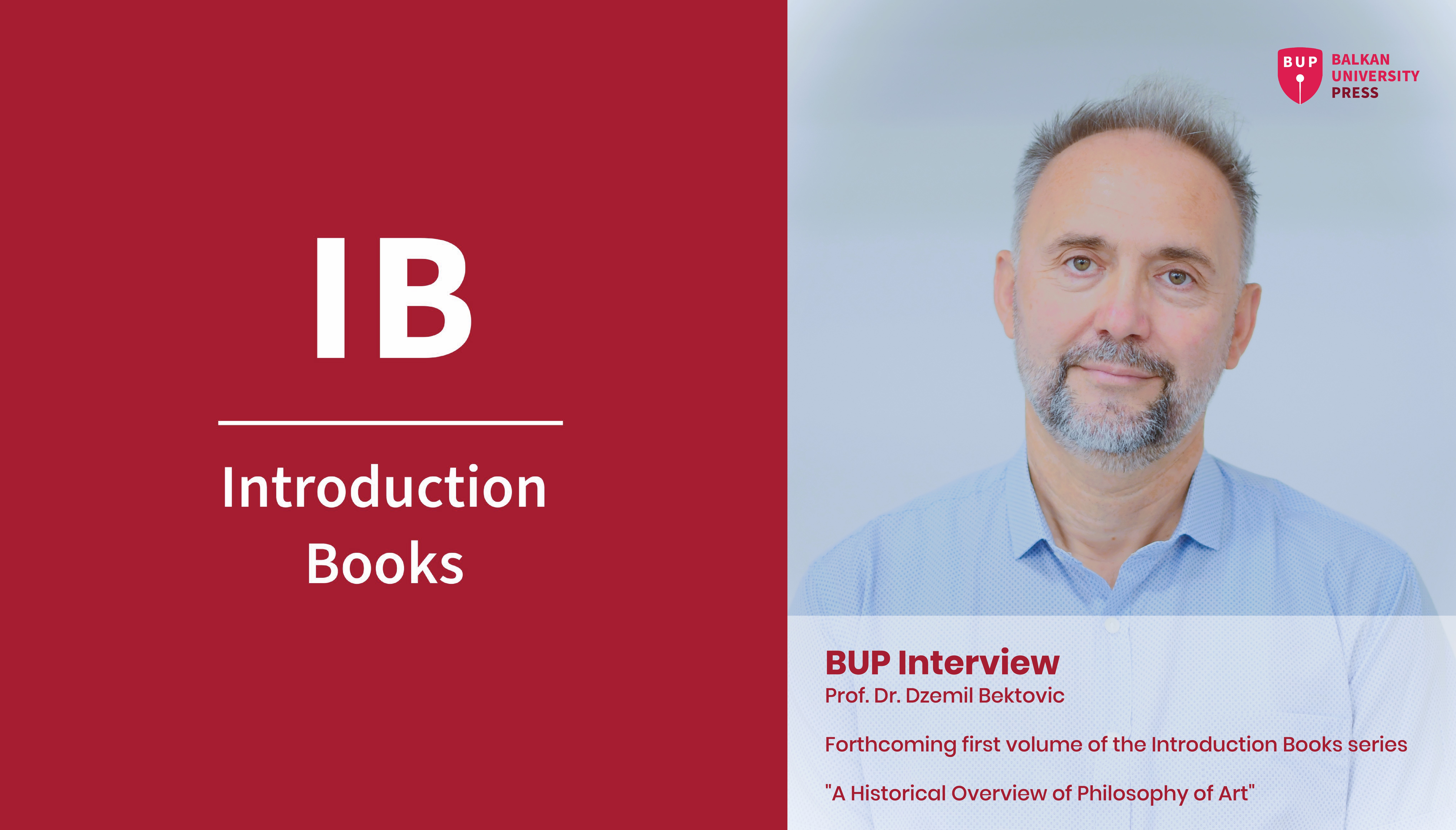
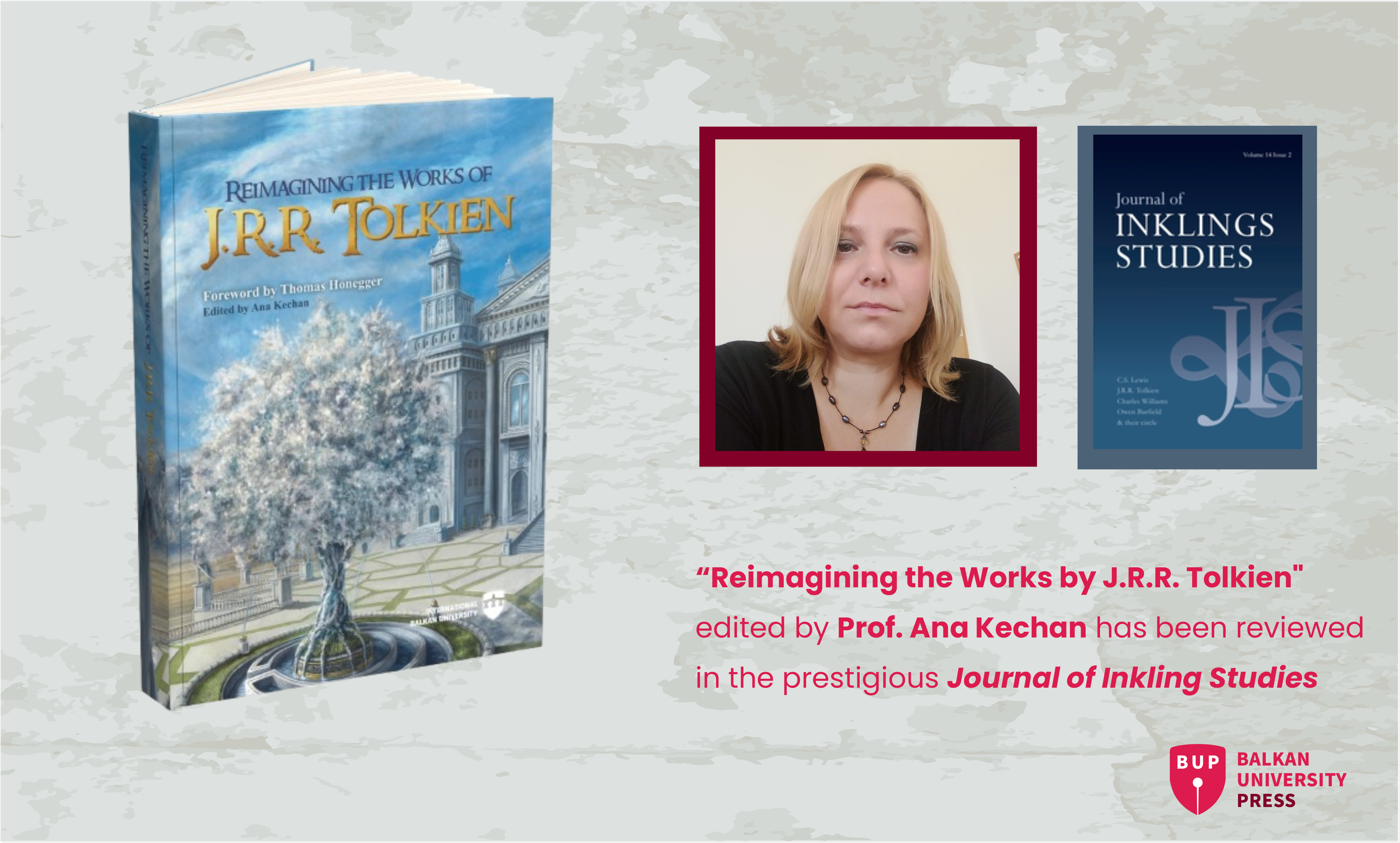
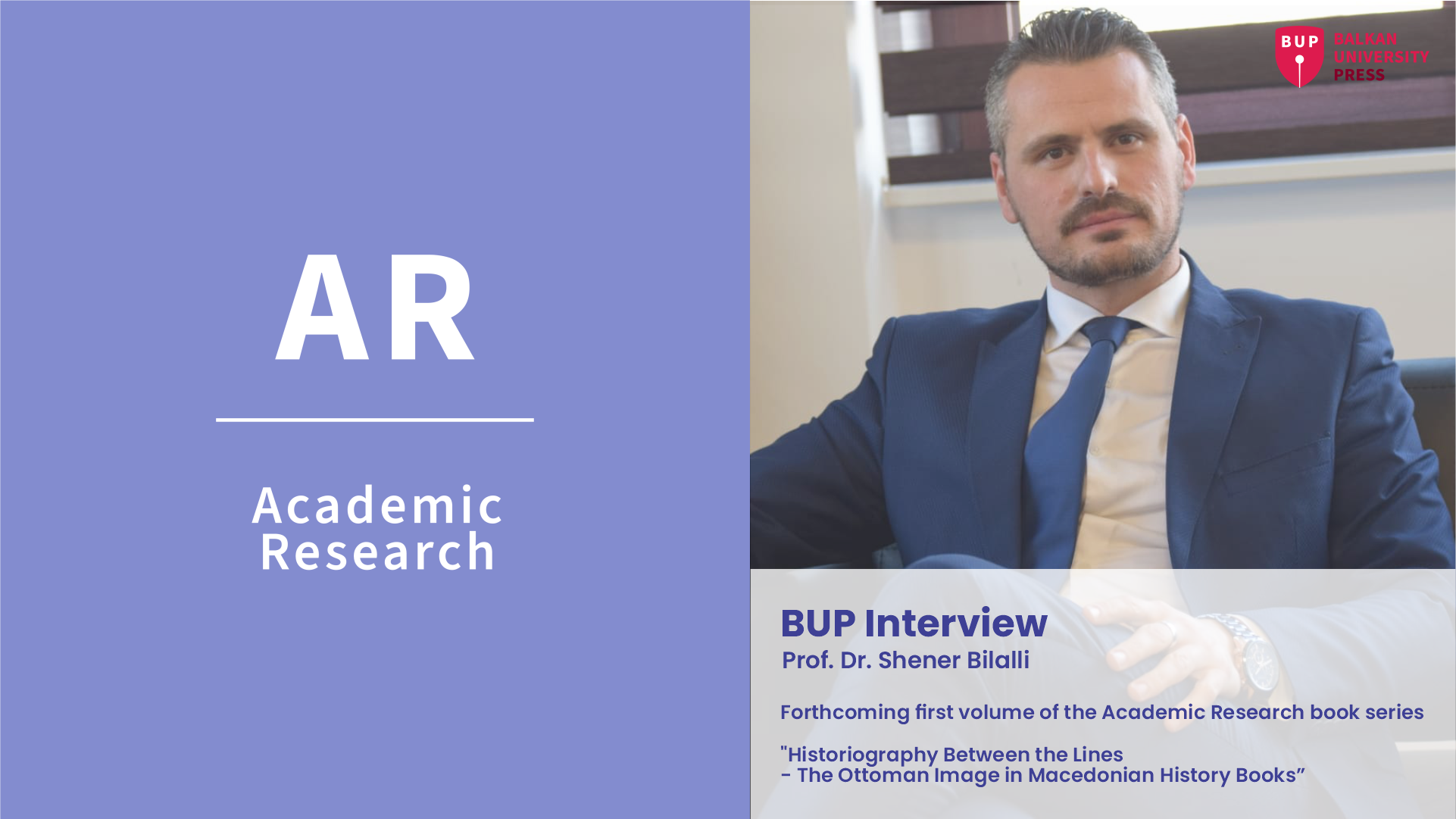
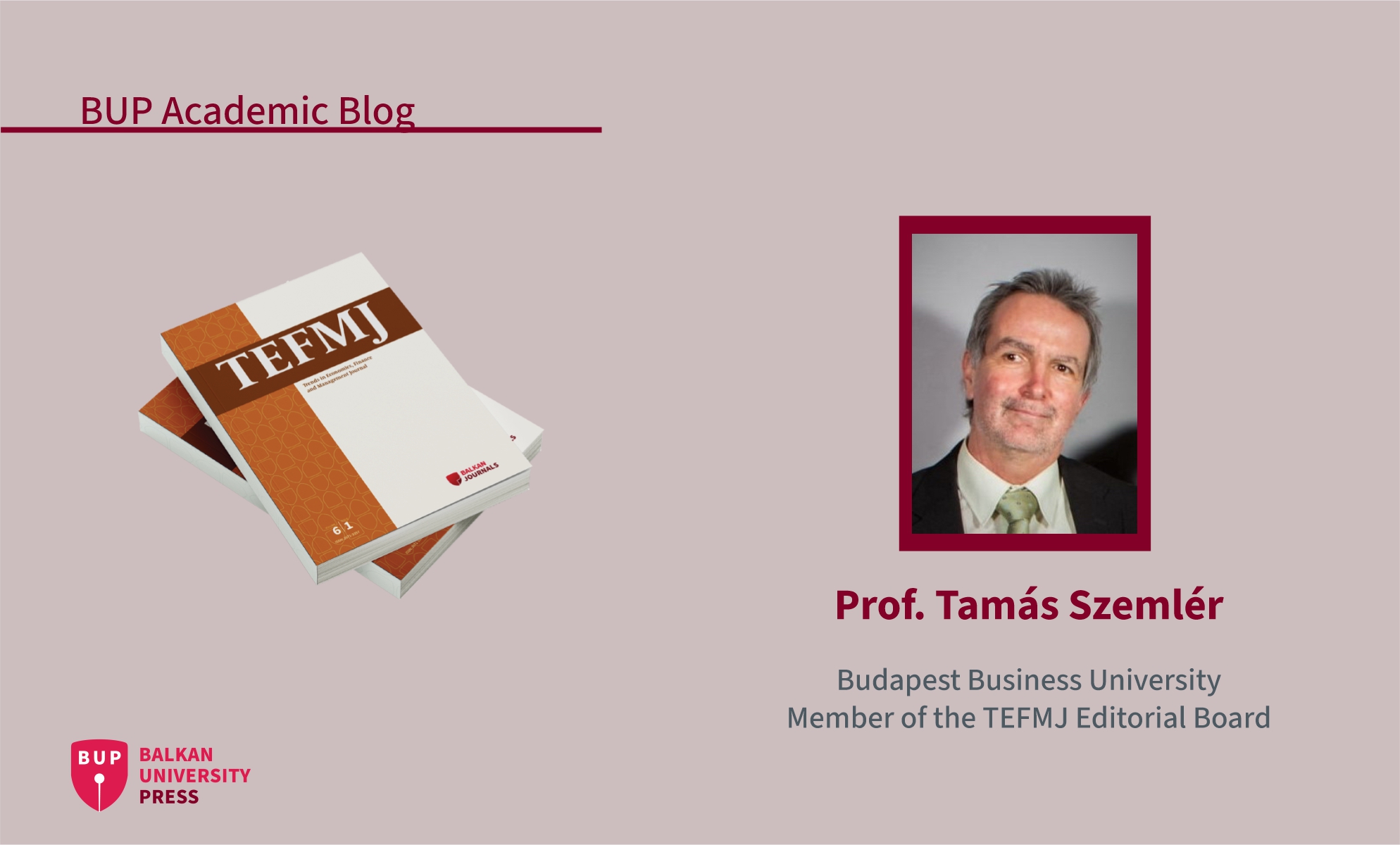
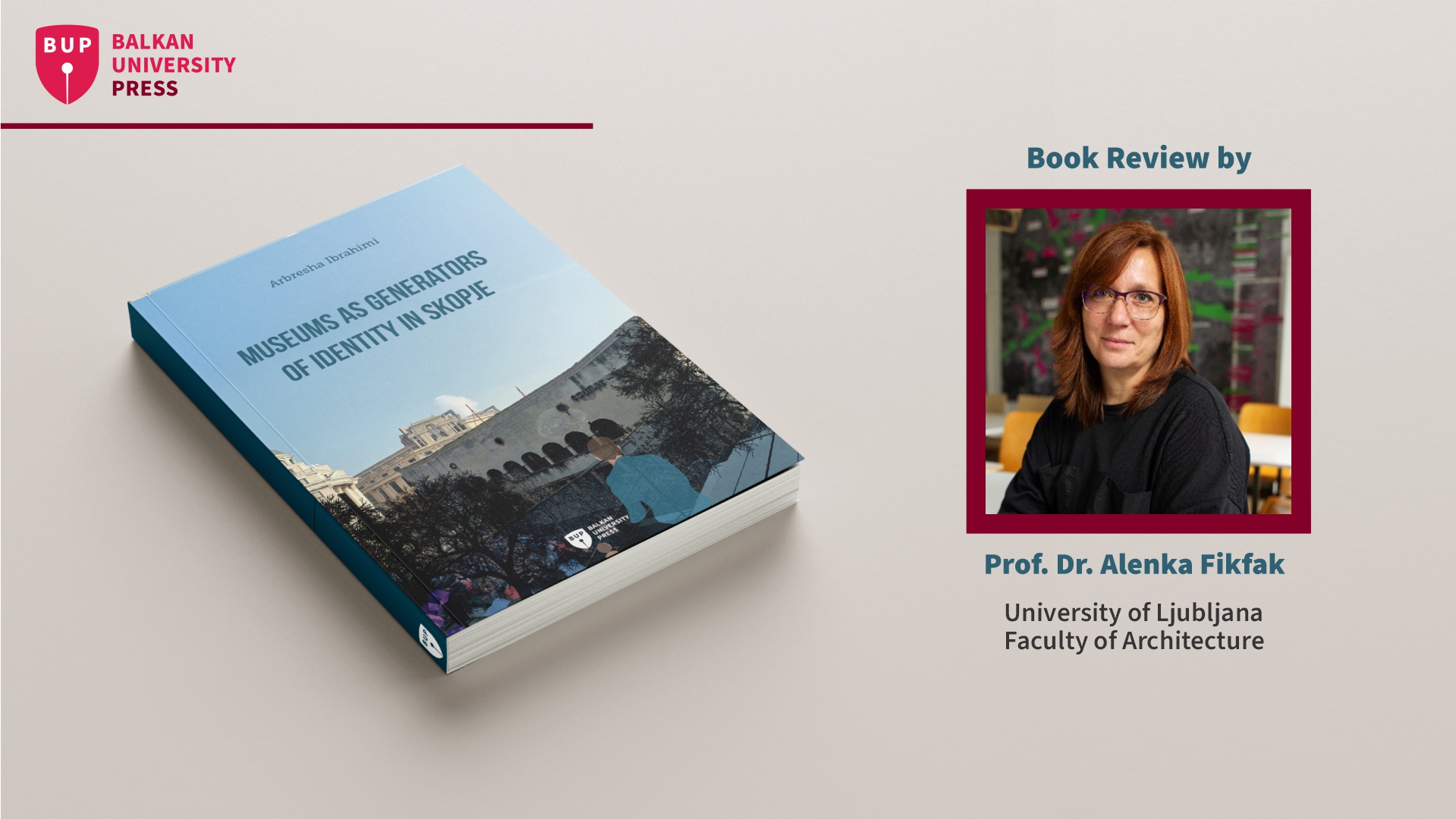

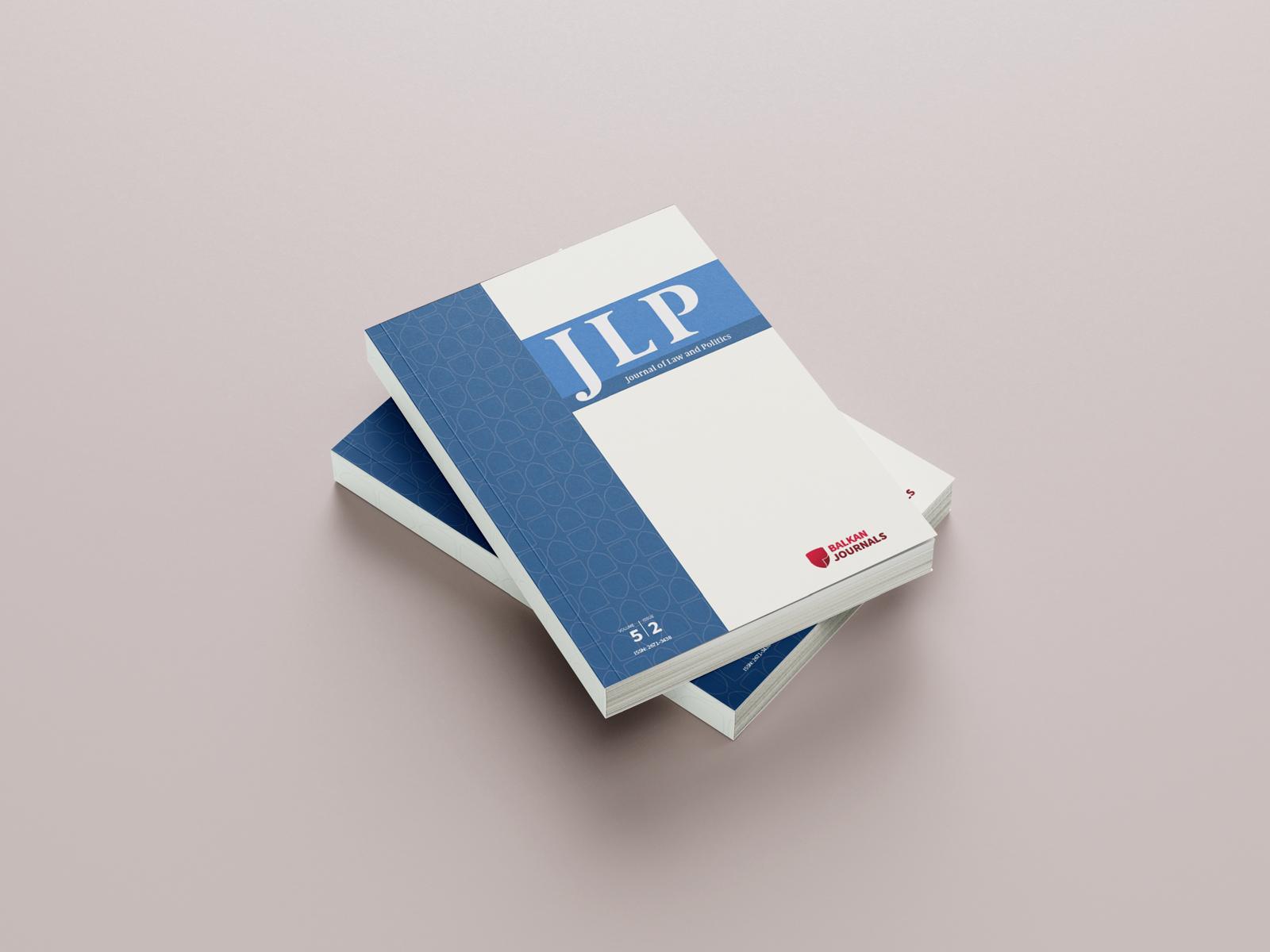

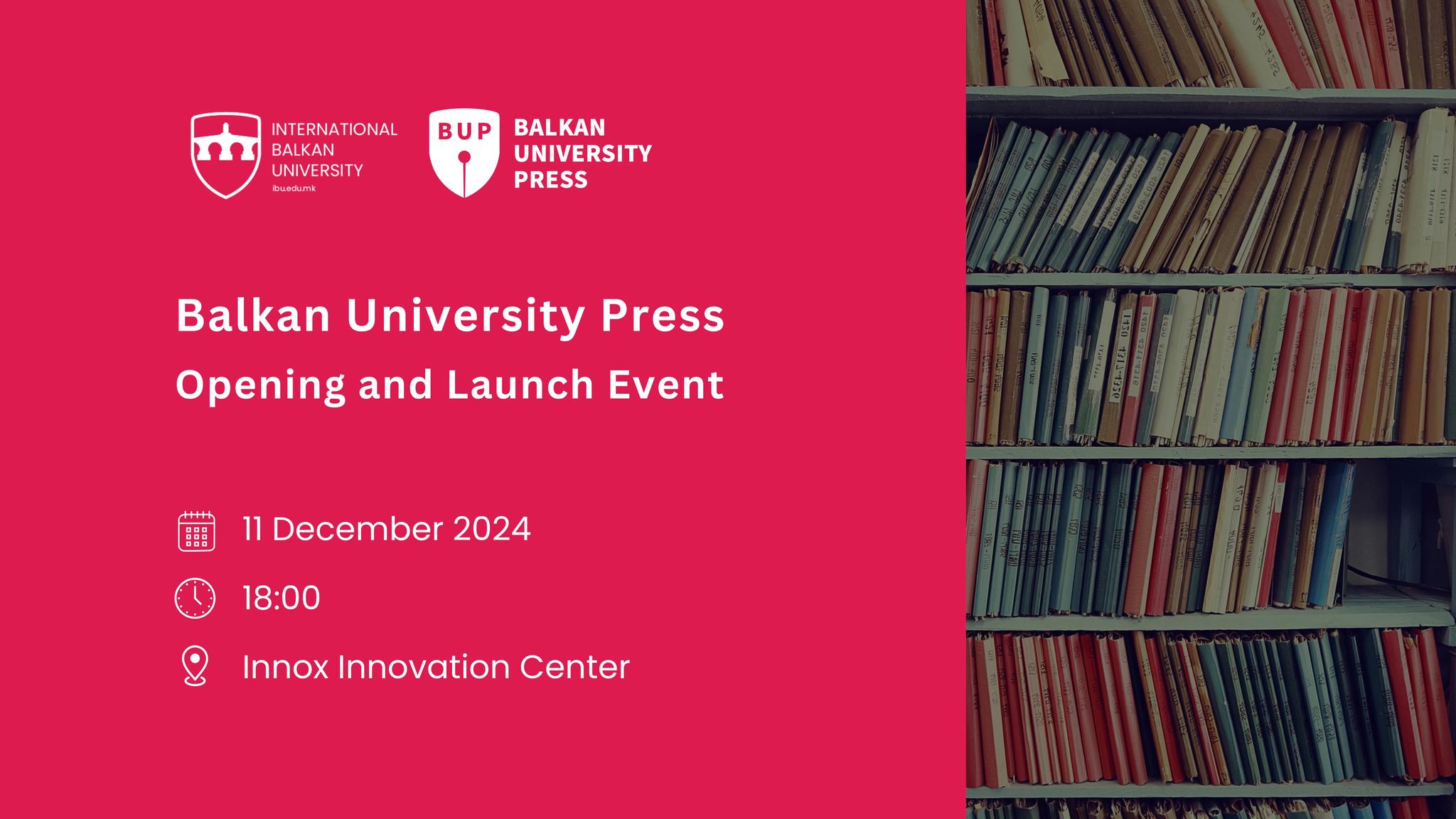



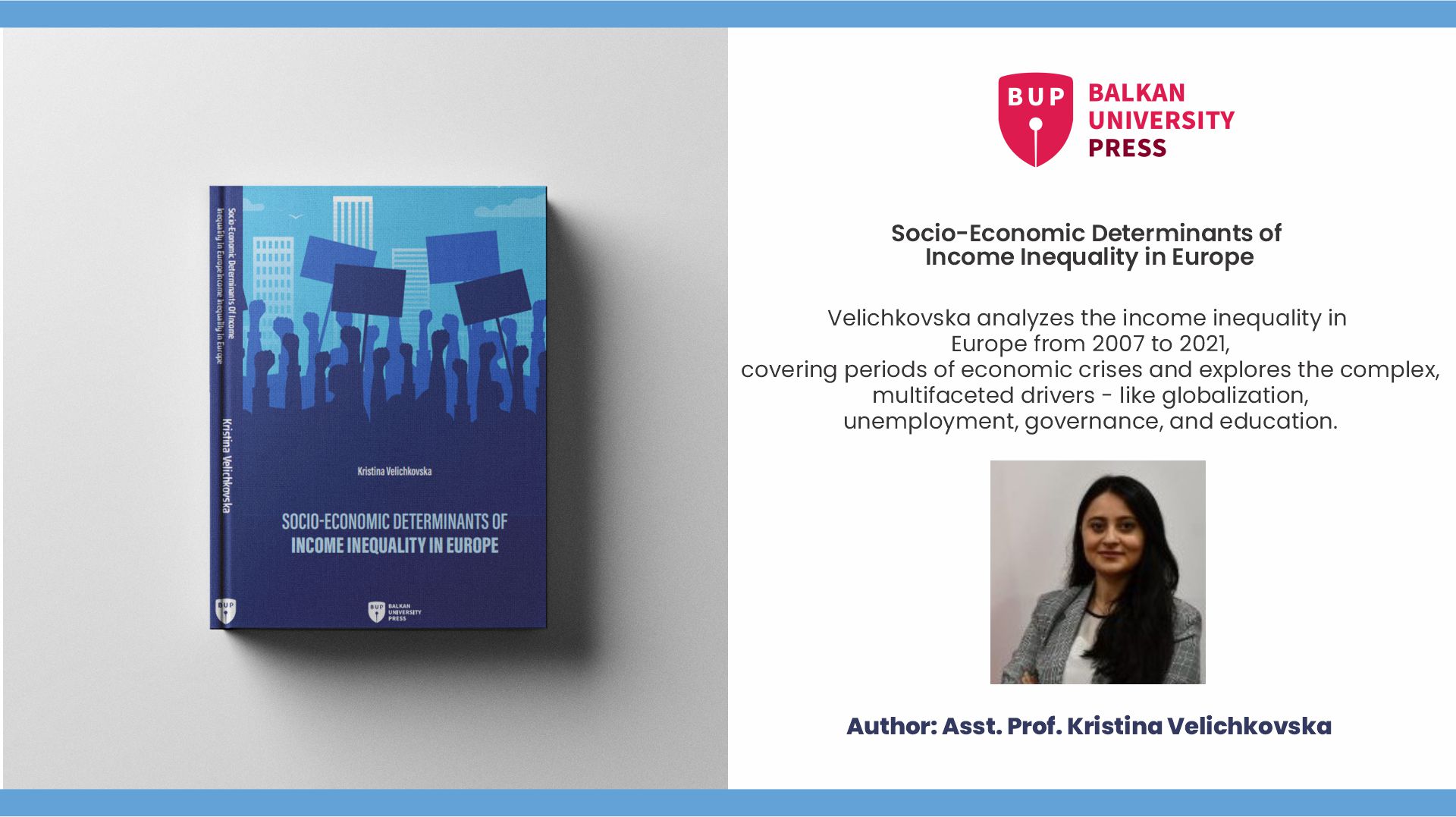
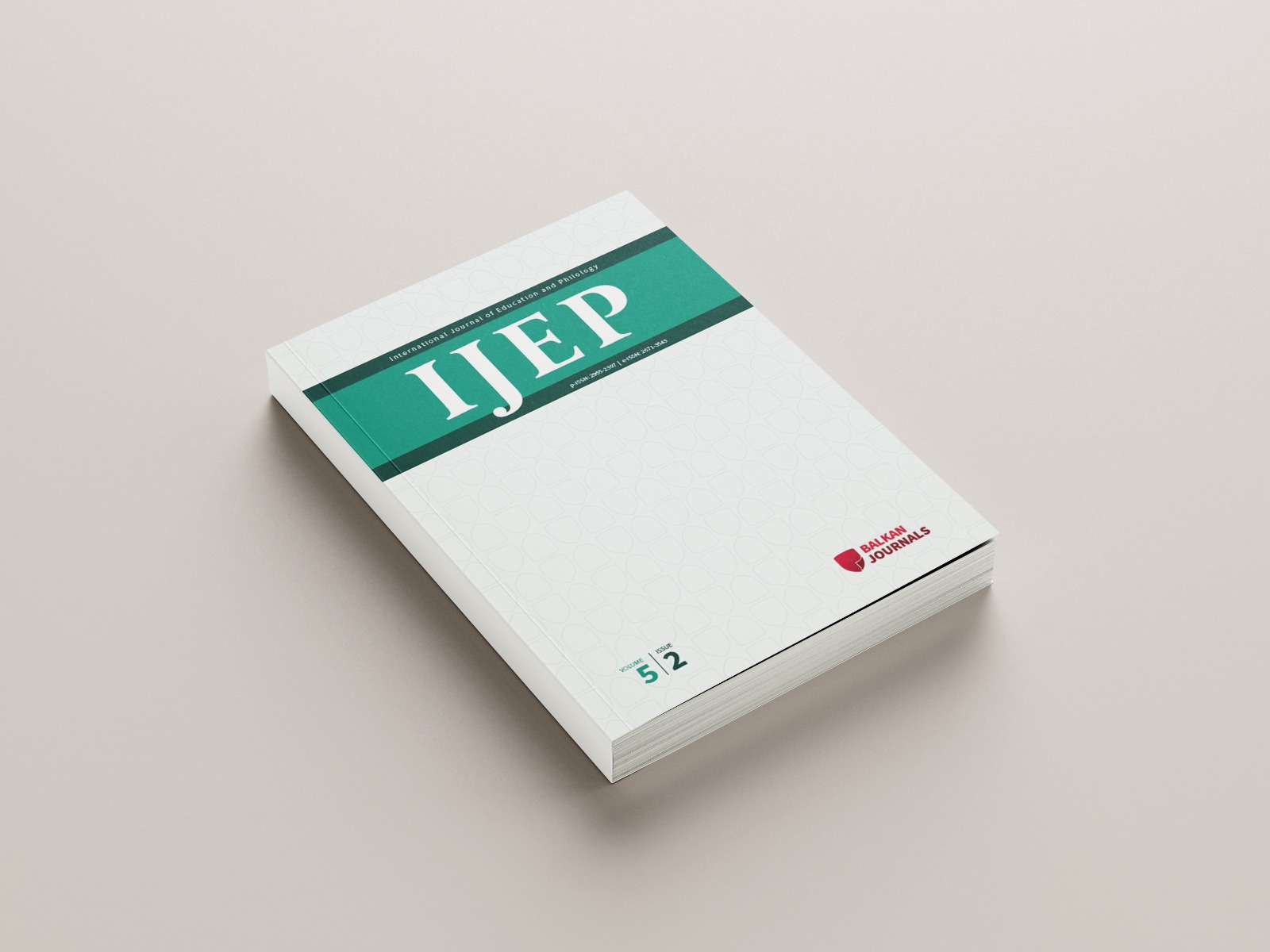

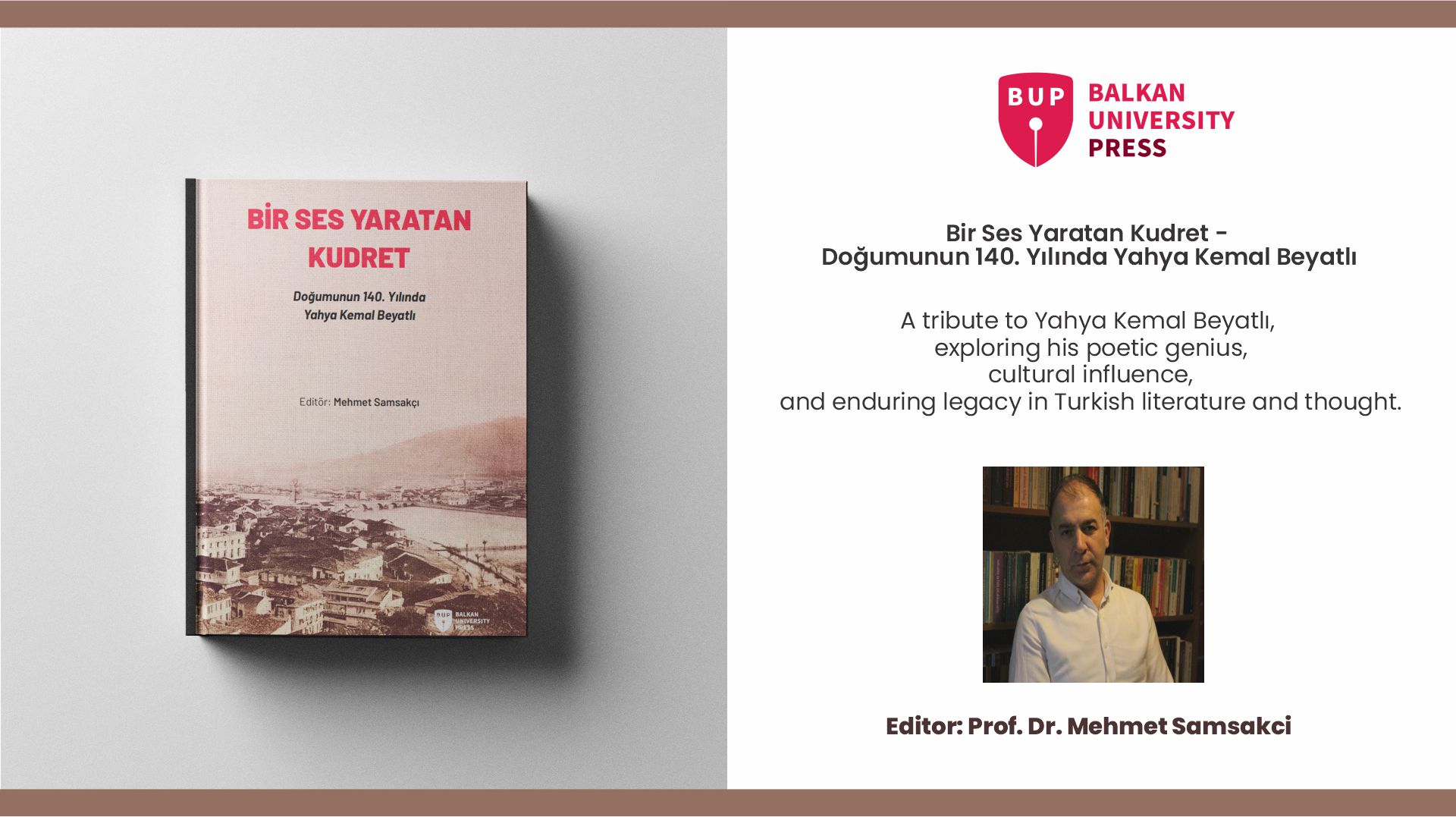
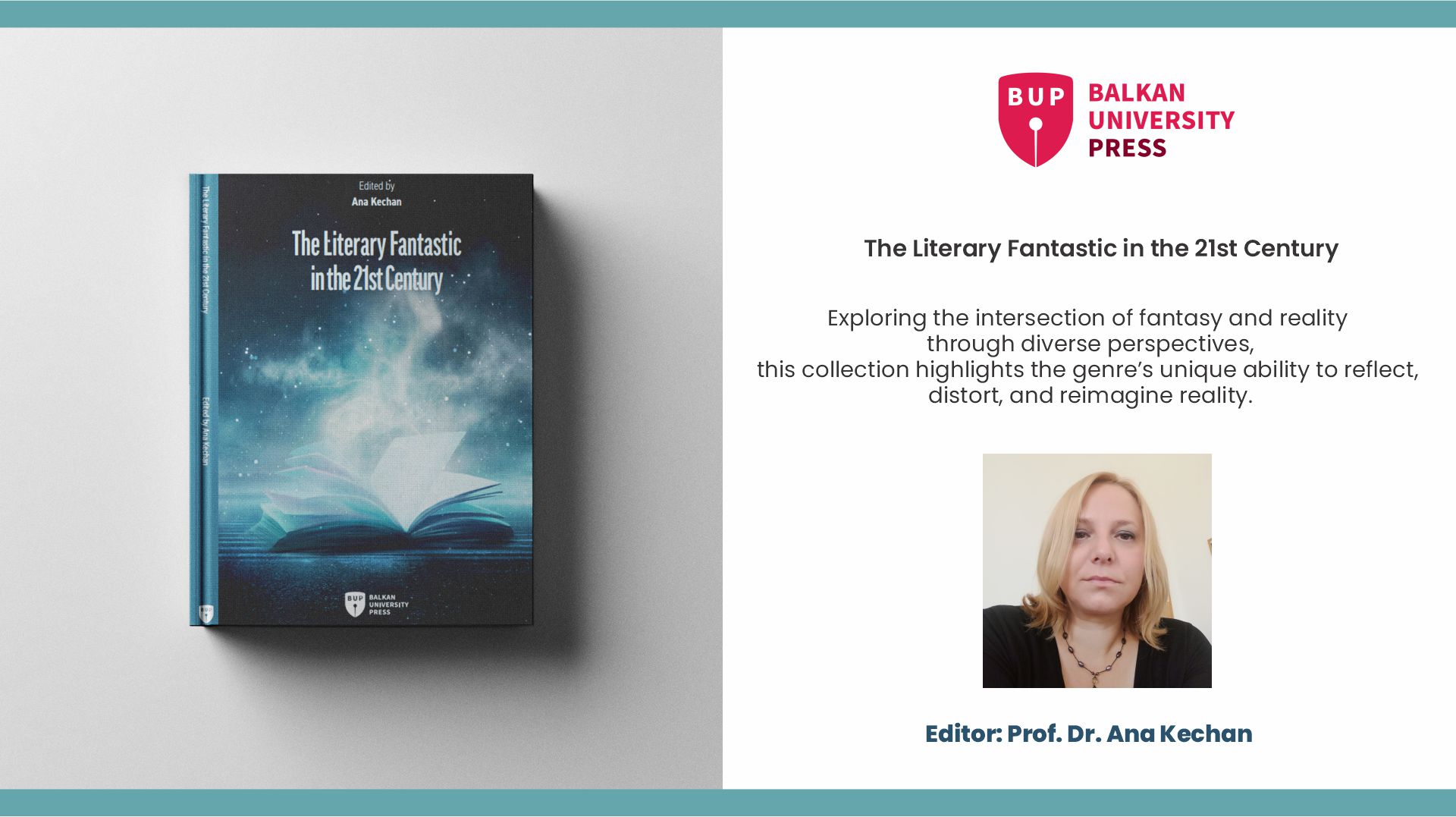
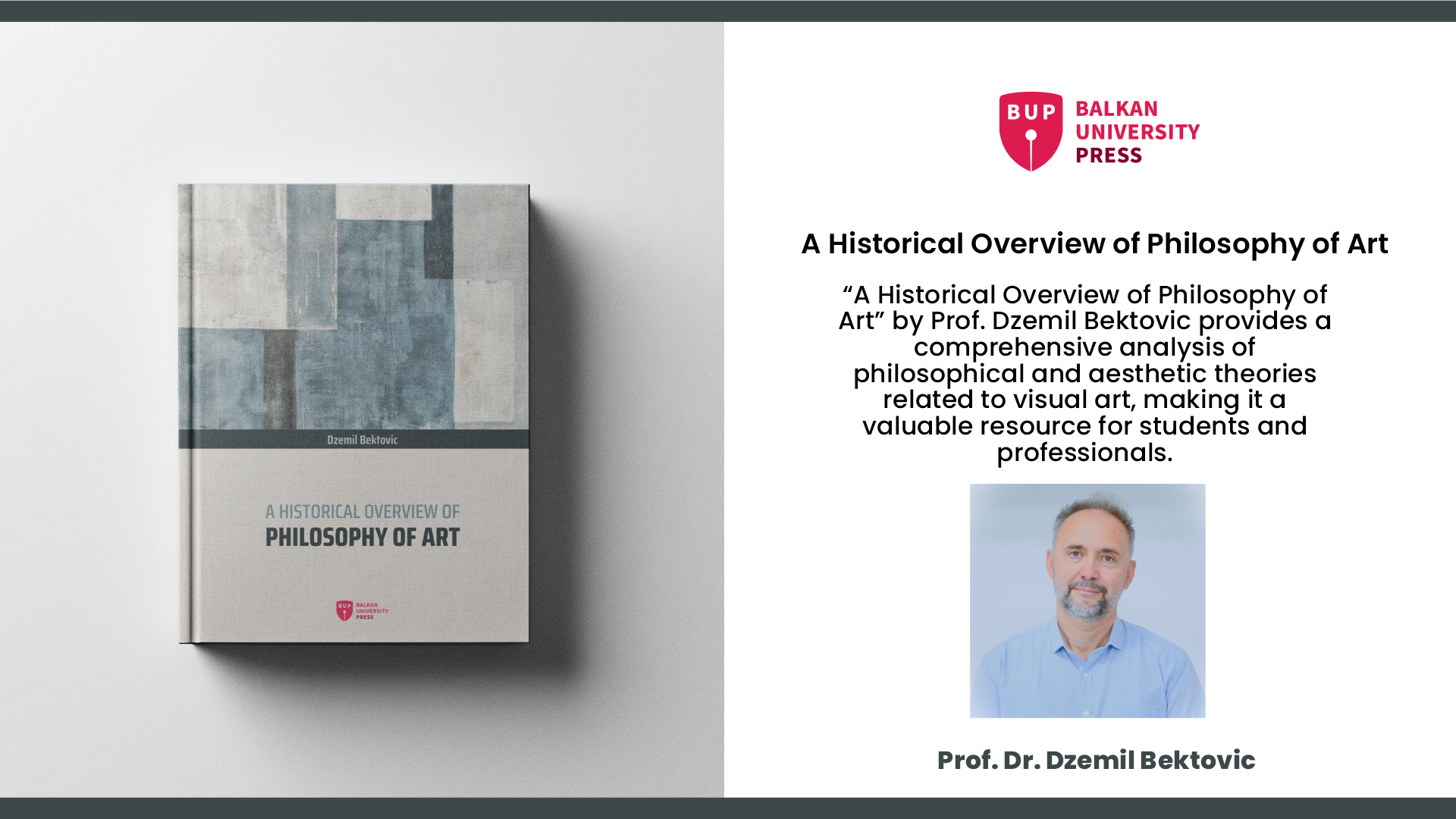
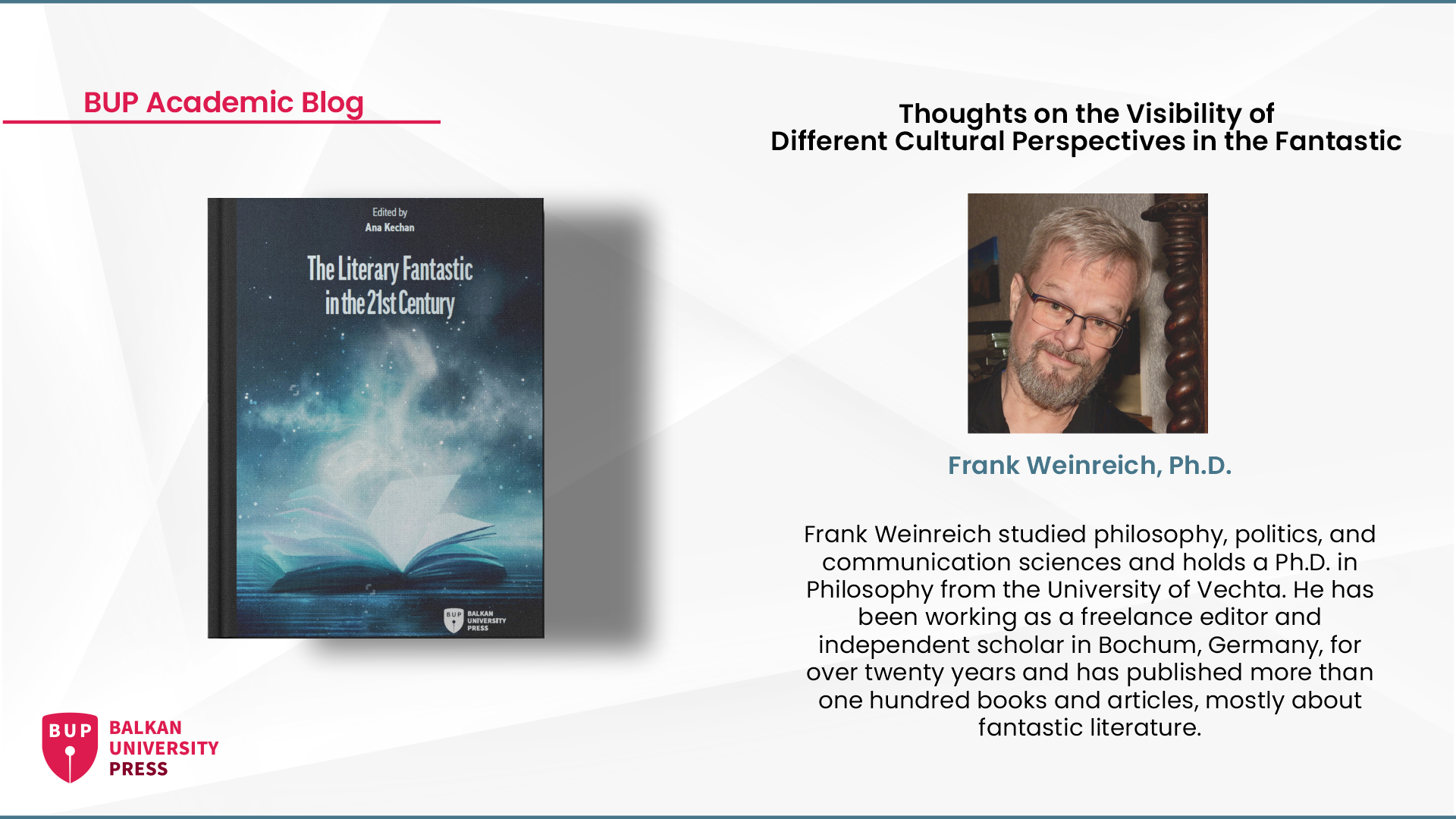
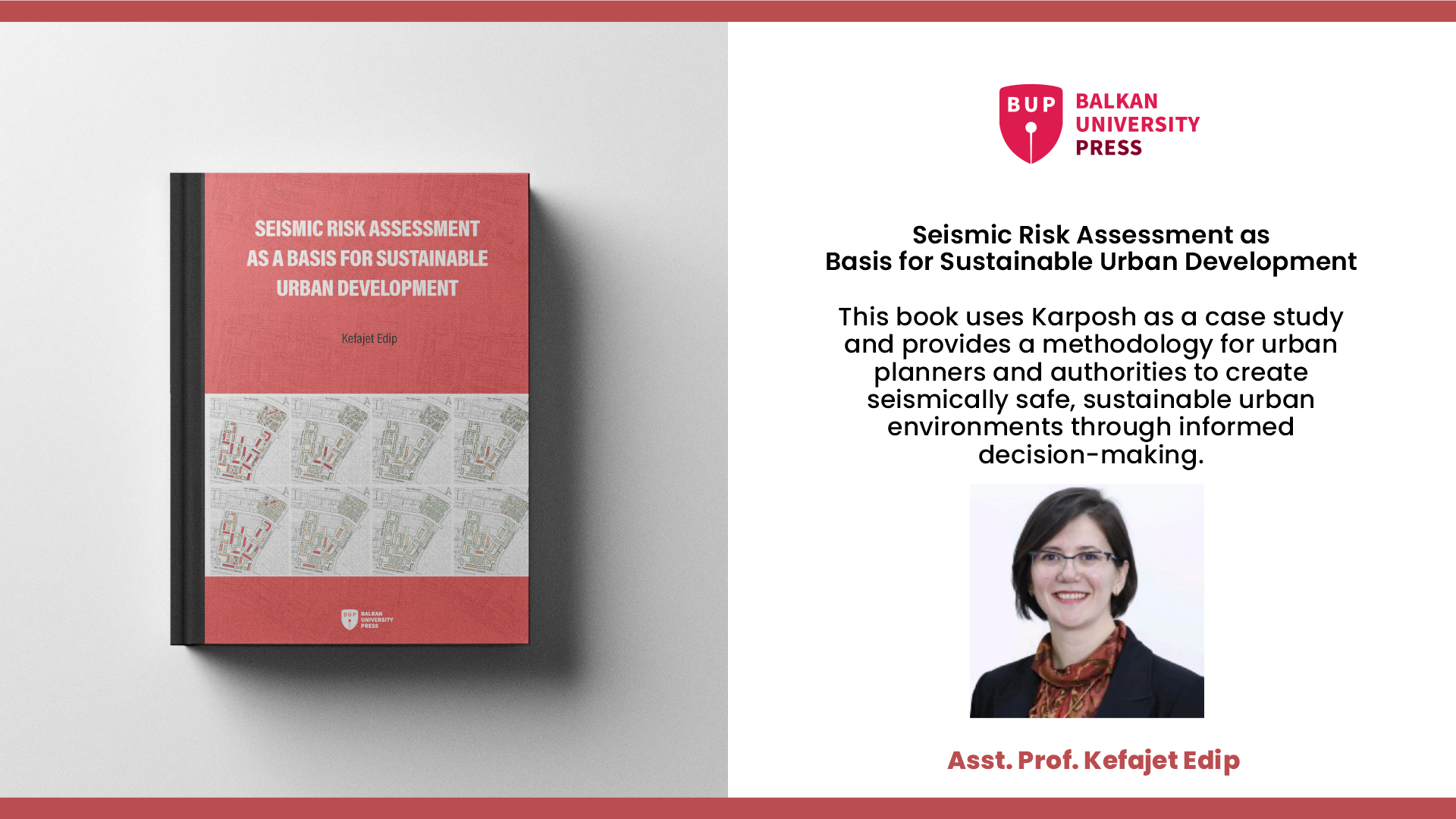



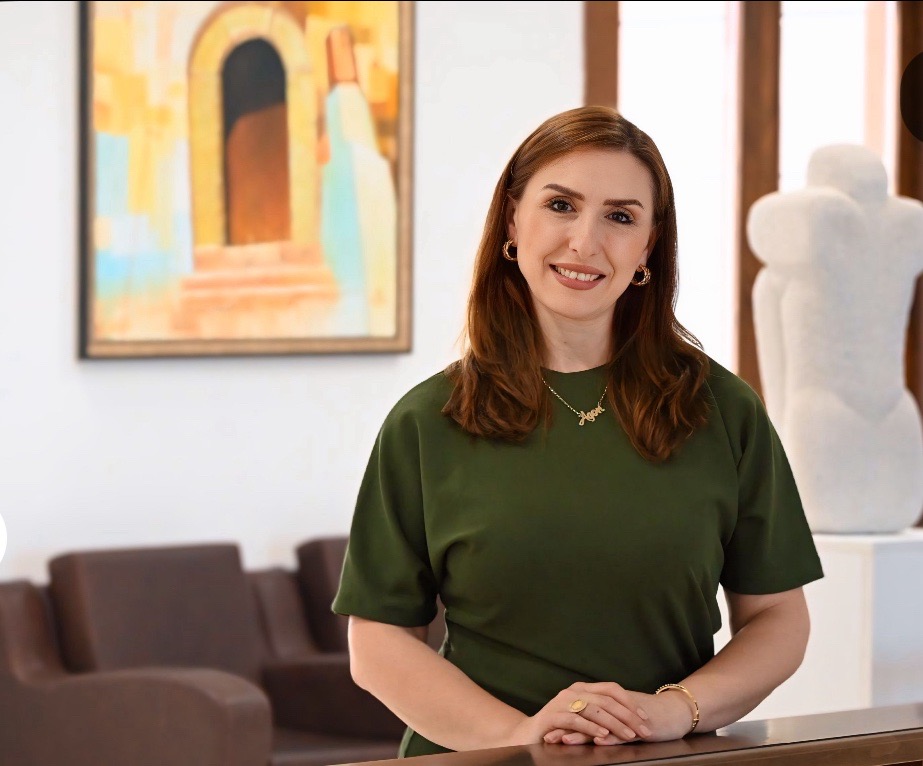
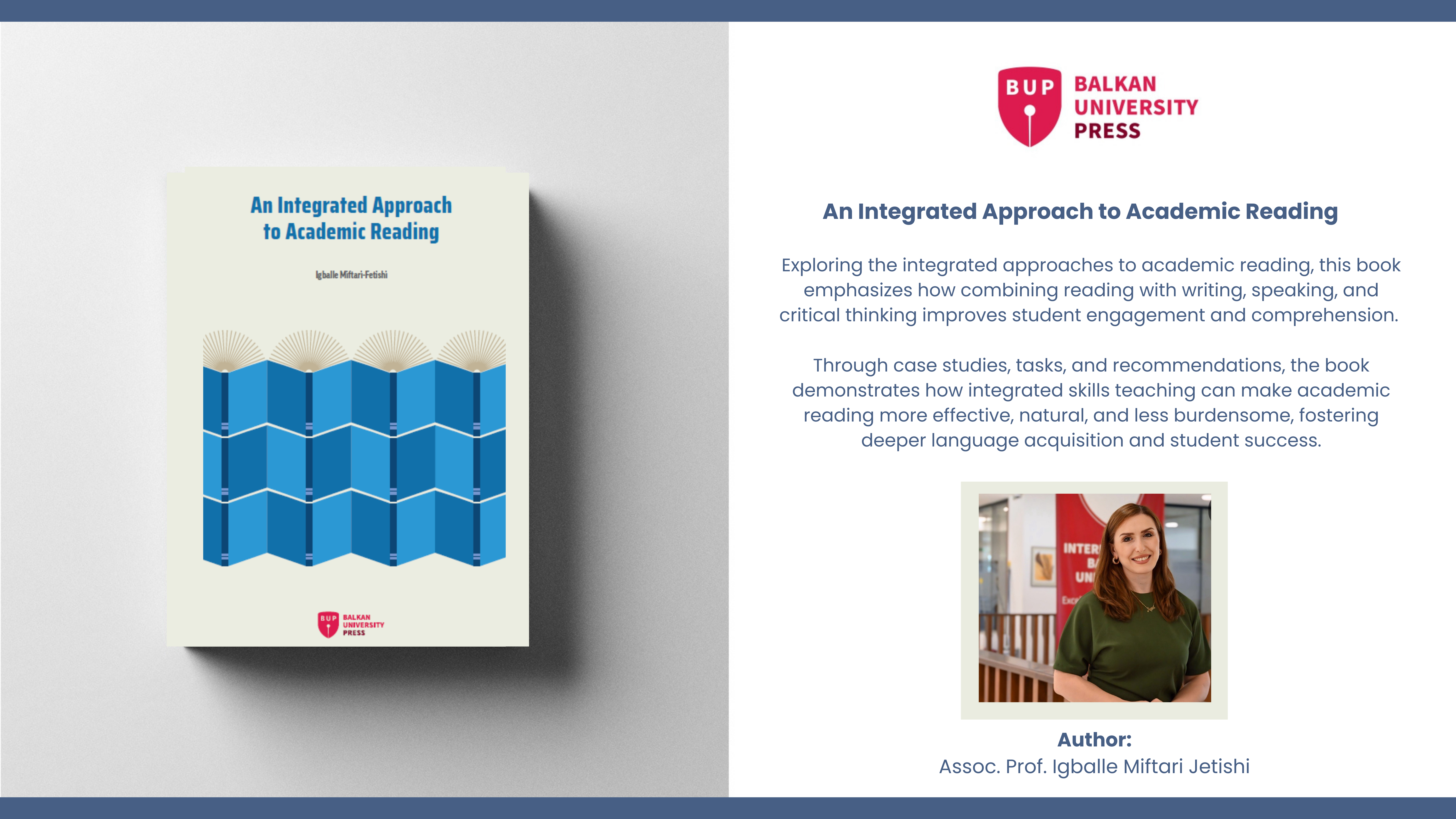
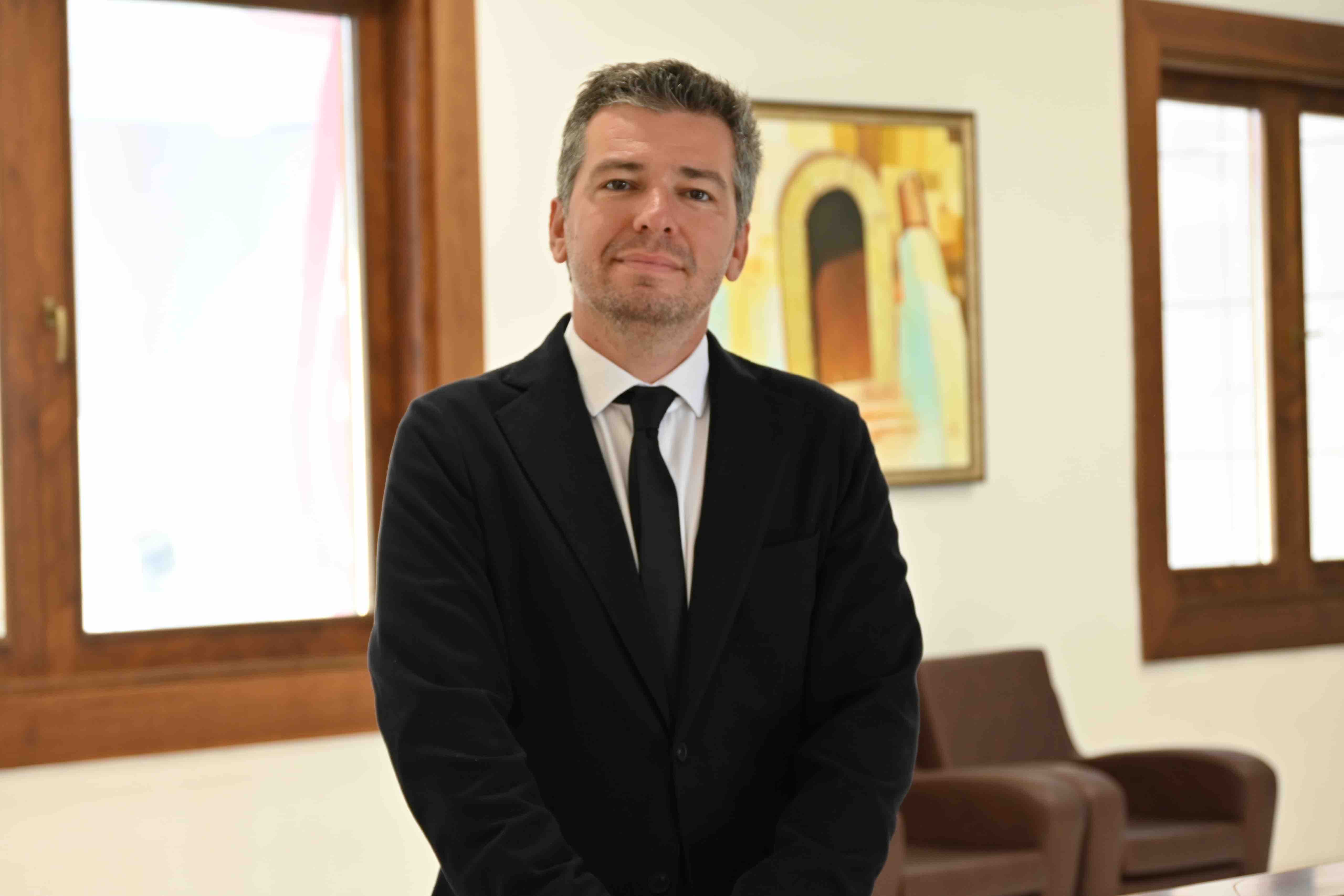

.png)
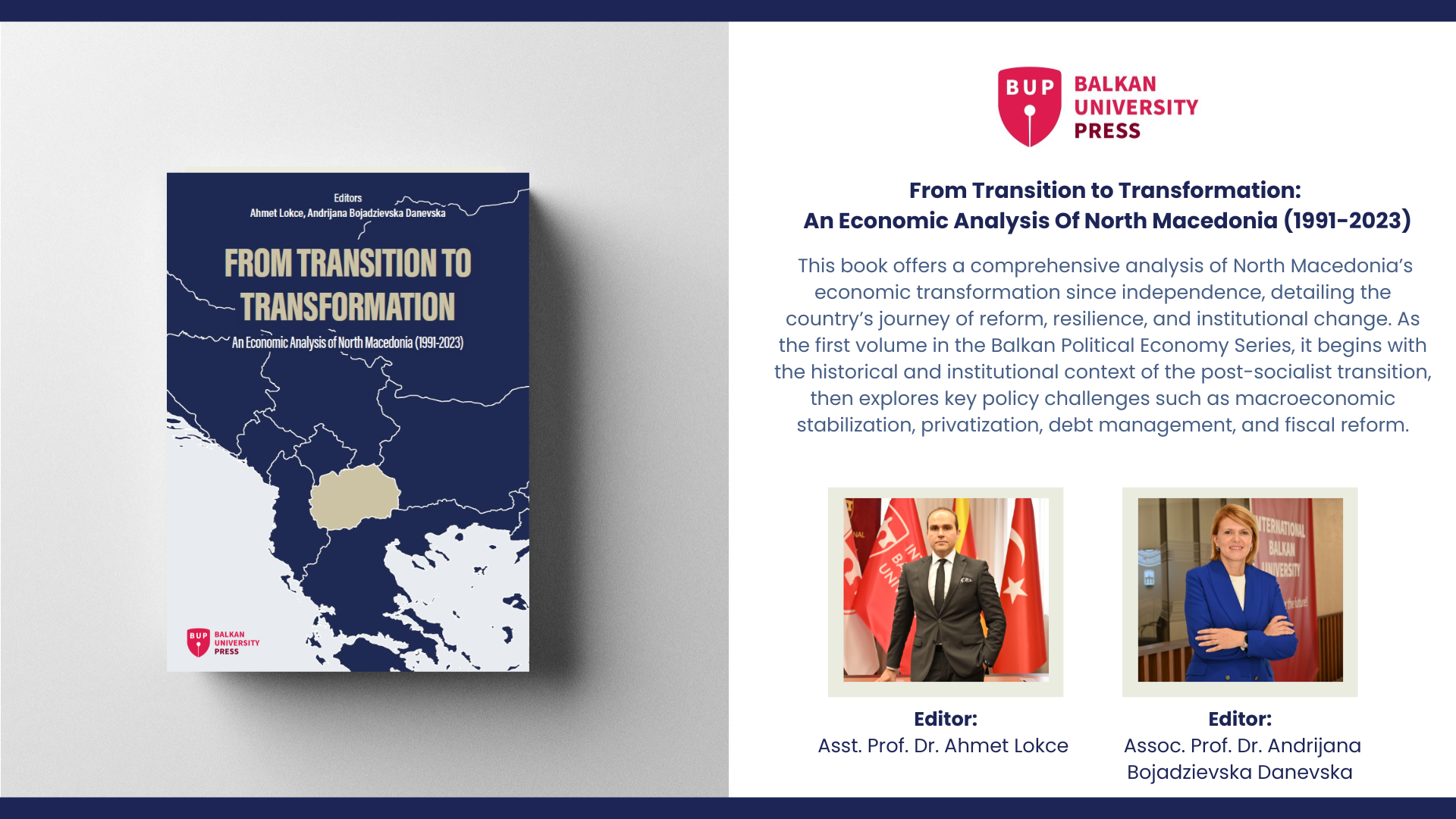


.png)

.png)